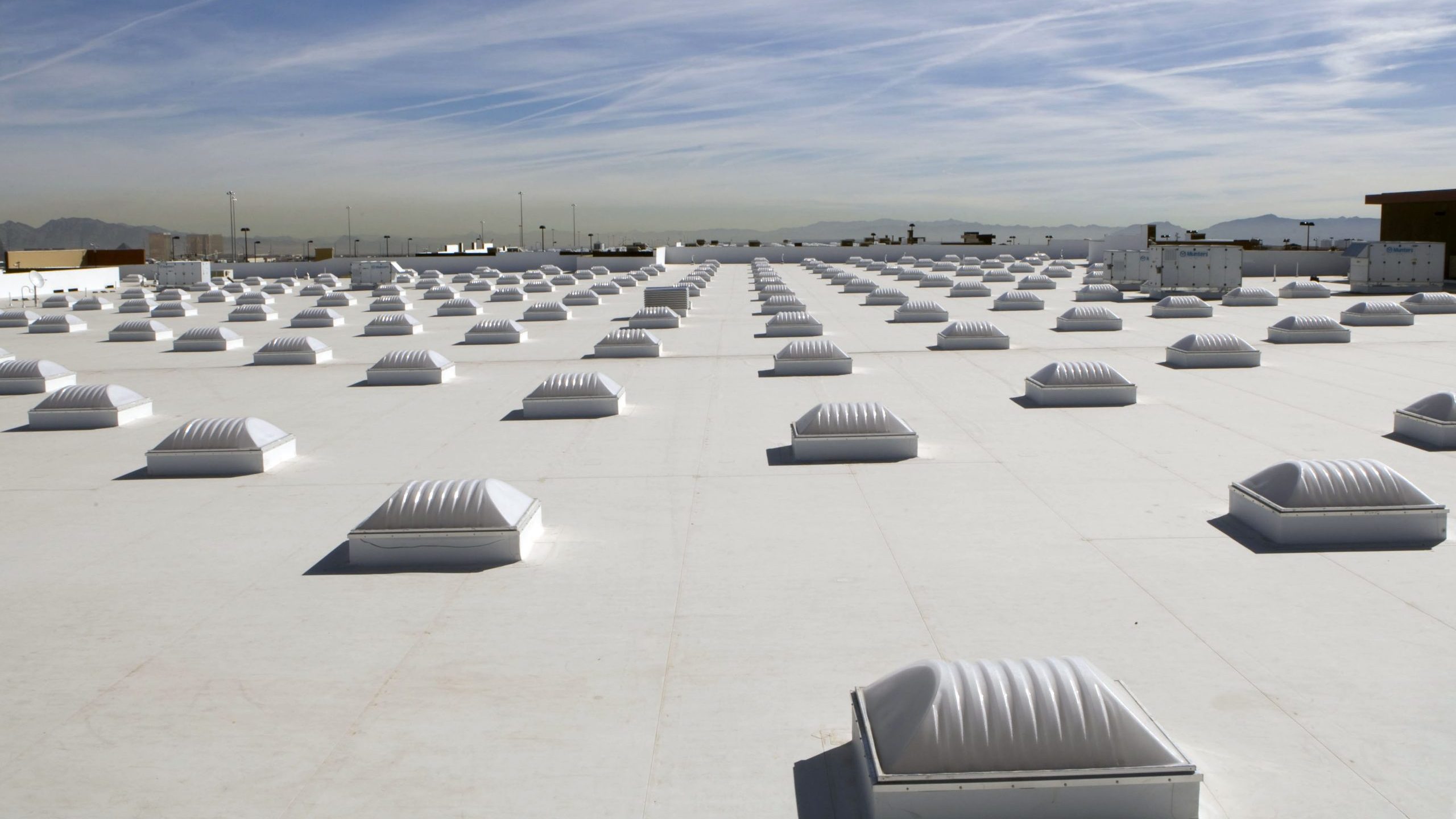
Policy Solution
Cool walls
Mandate

Summary
Cool walls apply treatments to building facades to reduce the solar absorption of a building’s walls, which can reduce the urban heat island effect.
Implementation
Update code requirements for construction of new buildings and substantive rehabilitations. Government can mandate cool walls in building codes or energy codes.
Considerations for Use
Cool walls are less effective in colder climates that have greater heating needs in the colder months. Cool walls are best suited to buildings with low roof-to-wall and window-to-wall ratios. Additional research is needed to evaluate effectiveness of cool walls in dense areas.
Overview
Climate:
Hot/Dry, Hot/HumidPolicy Levers:
MandateMandates are government regulations that require stakeholders to meet standards through building codes, ordinances, zoning policies, or other regulatory tools.Trigger Points:
City planning processesIncludes city initiatives such as the development of climate action plan, pathway to zero-energy, master plan, transit plan, energy mapping etc.Introducing new or updated zoning/codesIncludes codes, zoning requirements or by-laws pertaining to urban planning and building construction activity.Intervention Types:
Buildings and Built FormSectors:
Buildings
Impact
Target Beneficiaries:
Property owners, ResidentsPhase of Impact:
Risk reduction and mitigationMetrics:
Energy savings by building, Indoor air temperature reductions, Number of buildings compliant with provision, Outdoor ambient air temperature
Implementation
Intervention Scale:
BuildingAuthority and Governance:
City governmentImplementation Timeline:
Medium-term (3-9 Years)Implementation Stakeholders:
City government, Private developers, Property owners and managersFunding Sources:
Private investment, Public investmentCapacity to Act:
HighBenefits
Cost-Benefit:
LowPublic Good:
LowGHG Reduction:
MediumCo-benefits (Climate/Environmental):
Reduce greenhouse gas emissionsCo-benefits (Social/Economic):
Create jobs, Save on utilities